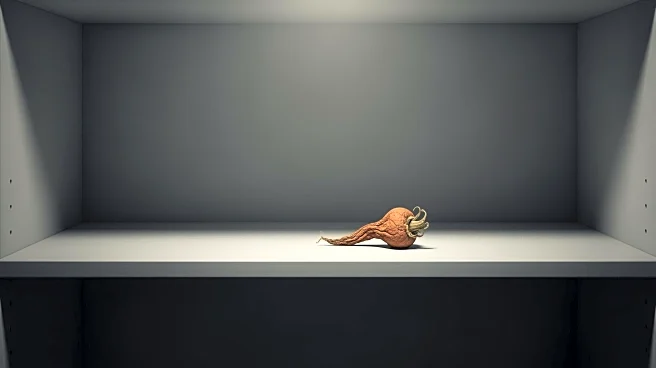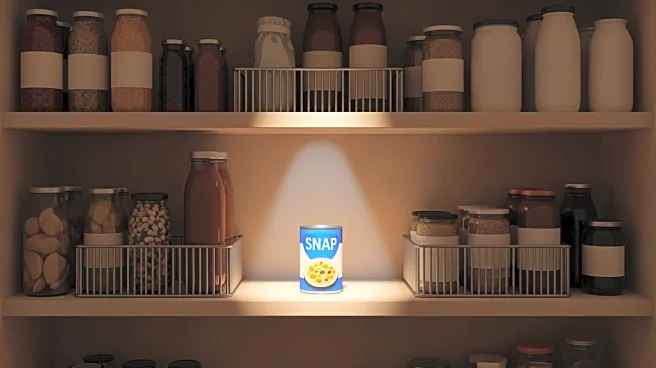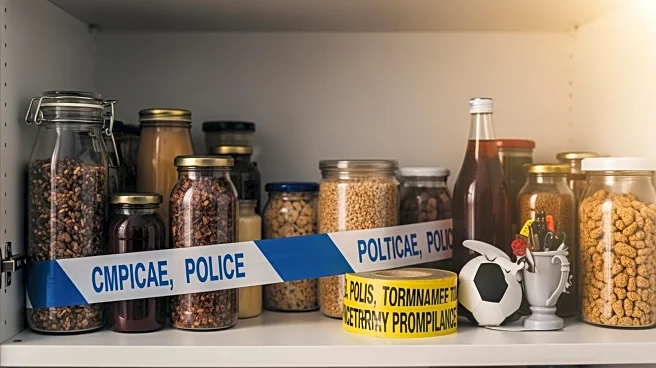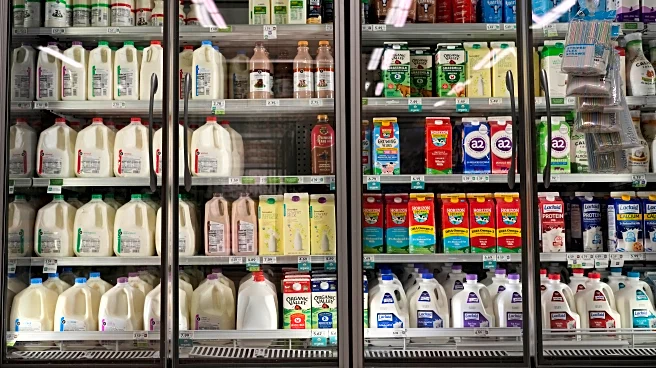What's Happening?
The Trump administration's decision to implement partial Supplemental Nutrition Assistance Program (SNAP) benefits this month could result in millions of low-income Americans receiving no aid. According
to an analysis by the Center for Budget and Policy Priorities, the administration's plan will cut benefits by about half for households receiving the maximum level of food stamps. Those with some income may lose a larger share, with some households receiving as little as $12 or nothing at all. This decision follows a federal judge's order to restart the program after funding lapsed due to a government shutdown. However, the U.S. Department of Agriculture (USDA) opted to use a smaller contingency fund, covering only half of the program's monthly cost, instead of the full amount suggested by judges.
Why It's Important?
The reduction in SNAP benefits could significantly impact food security for millions of Americans, particularly low-income families who rely on these benefits to meet basic nutritional needs. The decision to use a smaller fund may exacerbate food insecurity, leading to increased demand on food banks and other social services. This move has drawn criticism for potentially shortchanging families, as the USDA has the funds but has chosen a complex benefit reduction scheme. The situation highlights the broader implications of government policy decisions on vulnerable populations, potentially affecting public health and economic stability.
What's Next?
States face procedural challenges in implementing the partial funding formula, which could delay benefit distribution for weeks or months. Some states, like Pennsylvania, are requesting permission to use simpler methods to expedite payments. The ongoing legal and administrative challenges may prompt further court actions or policy revisions. Stakeholders, including state governments and advocacy groups, are likely to continue pushing for full funding to ensure timely and adequate support for affected families.












